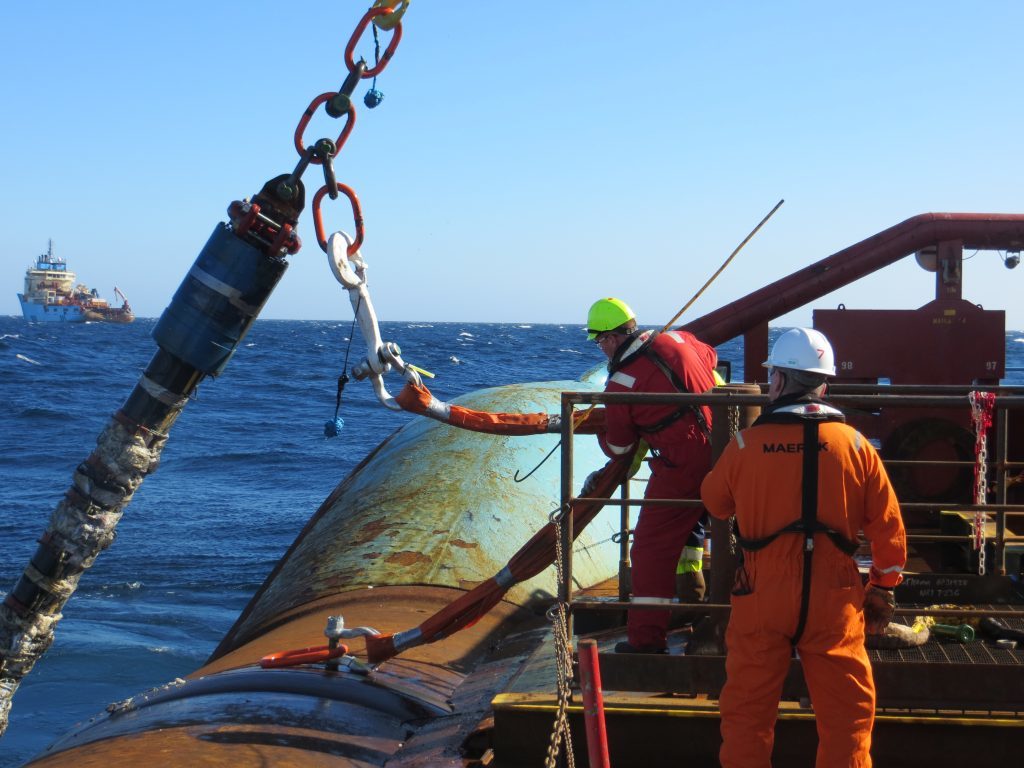
There is little doubt that the North Sea oil and gas industry is about to enter an intense period of decommissioning. As exploration off the Aberdeen coast diminishes, it could represent a life-line and future export business for supply chain companies. However, for both operators and government, decommissioning will involve eye-watering levels of investment.
The latest estimates put that figure at around £55bn and much effort has been made by government, operators and the supply chain industry to pin down what these costs will be and where they lie. But do the estimates even come close?
From my own analysis, backed by a show of hands at the Decom Offshore conference earlier this year, I believe around two thirds of the industry think we are underestimating, because of insufficient understanding of the scope of work, unexpected challenges that may arise and an imbalance in supply and demand of specialist services. Others say we are overestimating the costs, as efficiency gains, more effective collaboration and new technologies haven’t been taken into account.
When it comes to forecasting future costs in the oil and gas sector and particularly around decommissioning, we take a typically conventional approach. We base estimates on past projects and benchmark what we already know, rather than what might be possible.
That in turn points to another innate problem. We tend not to know what we want until we have it. While we can see the status quo improving, the vast majority of us can’t imagine how it could be fundamentally different. Henry Ford famously said that if he had asked people what they wanted, they would have said faster horses: no one then could envisage a world of motorised vehicles.
It is and will always remain incredibly difficult to make predictions about what may or may not happen in the future, and corporate history is littered with smart companies which have failed to grasp the impact of disruptive technologies on their business.
But just as the past highlights our weaknesses, it also shows us how we instigate amazing and often dramatic change: in 1962 President John F Kennedy said the US would go to the moon by end of the decade. By the time of his speech the technology to do so didn’t exist, and yet in 1969 man went to the moon. It happened because NASA set a clear and unequivocal goal.
As things stand though, oil and gas producers currently look for incremental and continuous improvements and seek collaborations and learnings from industry partners. They tend to adopt innovative technology only after it has been developed, tested and made available.
Continuing down this route can mean success in the long-term, but not always, and as far as decommissioning is concerned, North Sea oil producers simply cannot afford to wait – they have to be more ambitious. They must start with a desired outcome and introduce the means whereby today’s technology disruptors can bring about an unpredictable leap in capabilities.
An outcome-driven approach mirrors what happened at NASA. The goal is set – let’s say we want to reduce decommissioning costs by 50 percent – but the approach and the people likely to find the right approach are not initially prescribed. It can come from the supply chain, academia, other sectors or even in-house, and the financial reward for success can be hugely significant.
We’re in an era of disruption and we should take inspiration from what is happening in other industries, from digital technology through to the high speed transportation system, hyperloop.
The hyperloop is the brainchild on Elon Musk, SpaceX and Tesla CEO and technology visionary. It promises speeds of 300m per second. That’s Aberdeen to London in 40 minutes. Unthinkable? Well, one company, developing the technology has recently received an extra $80million in funding and it has reached close to 200km per hour this year on a short open-air test track in the Nevada desert. They aim to connect San Francisco to Los Angeles in five years.
And that’s not the only route being considered. In January 2016, a Paris to Amsterdam notional route was proposed. A Warsaw University of Technology team is evaluating potential routes from Cracow to Gdansk across Poland. And in July 2016, a proposal was put forward that will allow passengers to commute 500km between Helsinki in Finland and Stockholm in Sweden in less than half hour. Russian researchers are working on high-speed transportation technologies similar to the hyperloop system. The list goes on.
What I find most remarkable about the hyperloop story is not the extraordinary and innovative technology it involves, but the goal-setting approach companies are taking towards it. They are setting challenges, open to virtually anyone, to develop the solutions they need, but crucially not prescribing the how, only the outcome. Steadfastly focusing on achieving the outcome can lead to surprising results.
If nothing else, these examples show there’s a need to change the approach to decommissioning.
As Einstein once said, “We cannot solve our problems with the same thinking we used when we created them.”
Davi Quintiere is the senior manager for Accenture Energy.
Recommended for you
